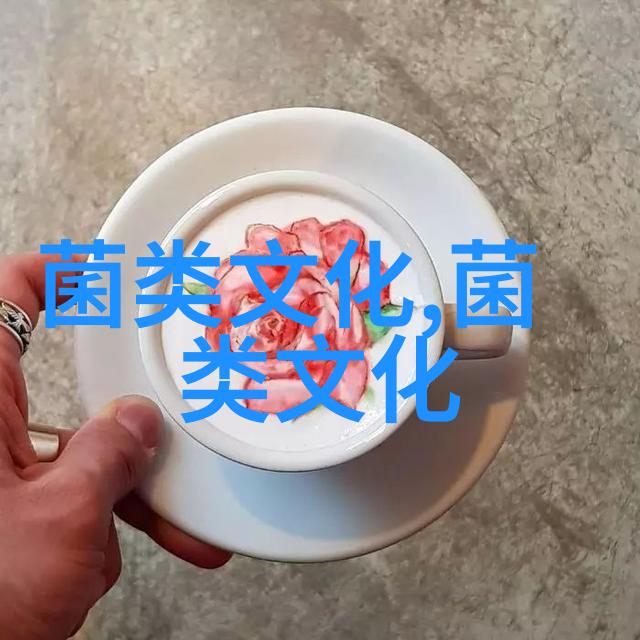
揭秘泥鳅养殖技术泡菜之主菌与猪粪的奥秘
一、揭秘泥鳅养殖技术:泡菜之主菌与猪粪的奥秘

在探索泥鳅养殖技术的过程中,我们不仅要了解到泡菜制作中的乳酸菌是如何发挥作用的,还要深入研究猪粪作为肥料的价值。乳酸菌是一类能够将糖类转化为乳酸的小细菌,它们在自然界中分布极为广泛,具有丰富多样的物种,并且在工业生产和食品加工中扮演着重要角色。此外,这些微生物也被发现与人类健康长寿有着密切关联。
二、泥鳅养殖技术中的主要成分——猪粪

然而,当我们谈论到猪粪时,其质地较细,含有大量有机质和氮磷钾。这些营养元素对于作物生长至关重要。但值得注意的是,尽管人们常认为猪是脏乱的动物,但实际上它们对卫生非常讲究。在现代化条件下,处理好猪粪对于环境保护至关重要,而经过科学处理后的猪粪甚至可以成为高质量的有机肥。
三、从泡菜到泥鳅——发酵过程中的关键因素

除了乳酸菌之外,在泡菜制作中还有一种名为“酸性茵”的微生物,它们通过发酵使食材变成泡菜。这一过程要求精确控制温度和时间,以确保最终产品达到最佳口感。同样,在泥鳅养殖方面,我们需要考虑到水质、饲料以及环境因素等多个方面,以确保培育出的泥鳅健康成长。
四、扩大培养与标准化生产

为了满足不断增长的需求,以及保证产品的一致性和质量,我们必须掌握有效扩大培养法来增产合格细胞。在工业规模生产的情况下,这意味着使用更大的容量,如几十立方米乃至数千立方米的大型发酵罐,并采用科学方法来管理整个过程以获得所需数量的活跃微生物细胞。
五、宿便:一个误导性的概念?

最后,让我们简要讨论一下所谓“宿便”的概念,这一术语经常出现在减肥产品广告中,被宣传为积聚体内毒素根源。但事实上,“宿便”并非医学上的术语,而是一种商业炒作,没有任何科学依据。真正理解这一概念需要从消化系统工作原理出发,即结肠末端形成待排出的固态废物。
六、 pigs and fermentation: the value of pig manure in agriculture
Pig manure, a byproduct of animal husbandry, holds significant value for agriculture. It can be used as fertilizer to enhance soil fertility and structure, improve crop yields, and reduce the need for synthetic fertilizers. Moreover, it is an excellent source of nutrients such as nitrogen, phosphorus, and potassium.
Through proper management practices like composting or vermicomposting (worm farming), pig manure can be converted into valuable organic matter that benefits both soil health and plant growth. This not only reduces waste disposal costs but also contributes to sustainable agricultural practices.
七., working with microorganisms: strains selection and cultivation methods
In the realm of fermentation technology, selecting suitable microbial strains is crucial for efficient production processes. Microbial strains are often selected based on their ability to tolerate specific environmental conditions or produce desired compounds during fermentation.
Cultivation methods involve controlled environments where optimal conditions are maintained for microbial growth. The process begins with seed cultures containing highly active cells which are then transferred to larger vessels under precise temperature control until sufficient biomass is produced.
八., standardization in fermentation: understanding differences between workable strains & reference strains
Standardized microorganisms play a vital role in ensuring consistency across various industries including food production & pharmaceuticals . These organisms have been rigorously tested & proven safe for consumption or use within these sectors.
On the other hand , workable microorganisms undergo fewer generations before being utilized in commercial applications compared to standardized ones which go through more rigorous testing before becoming part of official collections.
The main difference lies in their generation number : Standardized microbes typically start from 0th generation while workable ones begin at 3rd-5th generation after undergoing multiple transfers.
This ensures quality control throughout every stage - from storage facilities to processing plants - guaranteeing end products meet exact specifications required by respective industries



